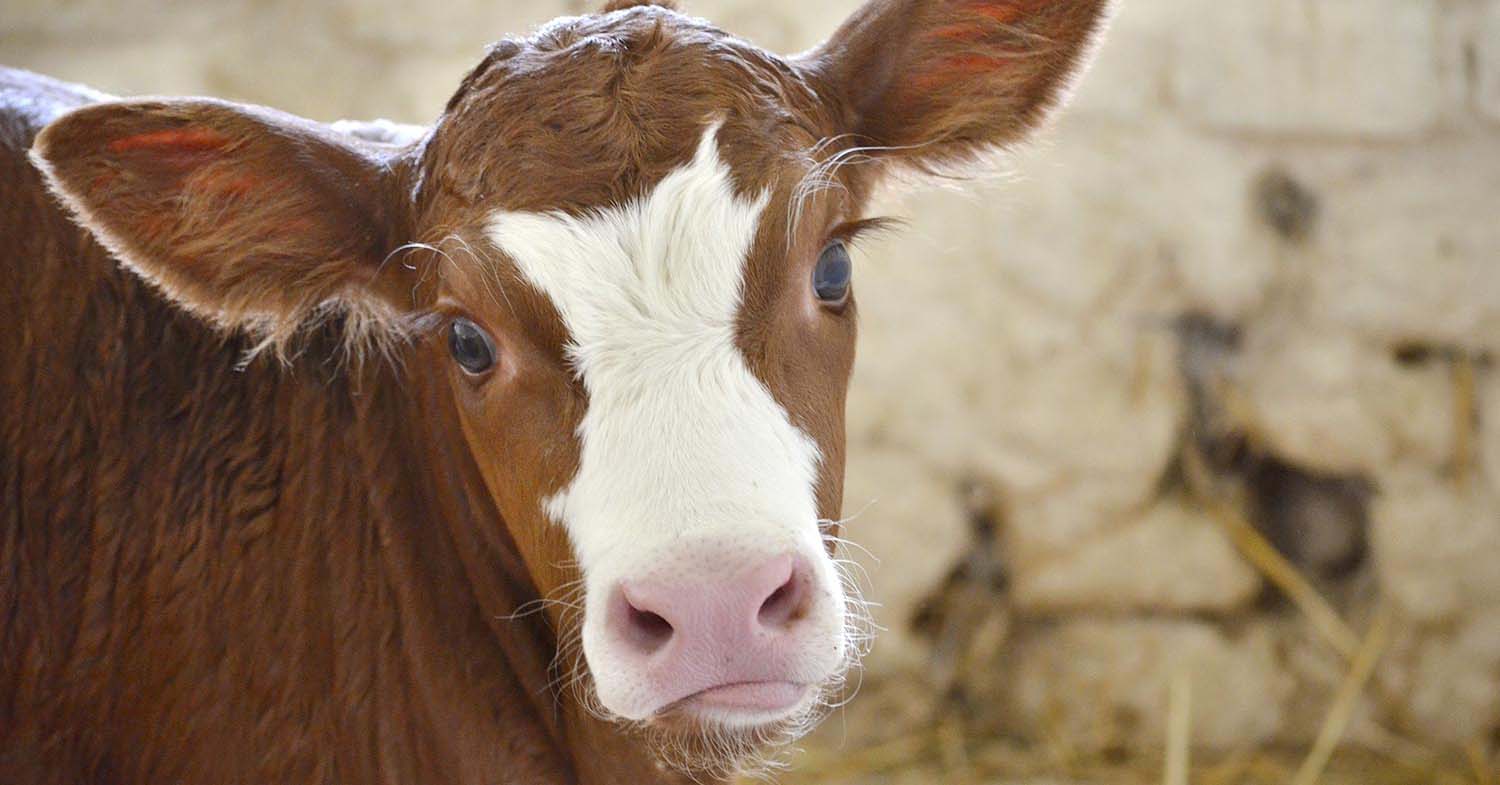Calf health
Clinical content and resources focusing on the health of newborn calves from birth to weaning.
December 2022
November 2022
Chickens are being increasingly kept as pets – and with it comes the likelihood of presentations in practice. Henrietta Kodilinye‑Sims addresses some of the challenges – from identifying clinical signs to responsible prescribing in line with legislative requirements – as well as tips for nursing care plans…
ABSTRACT Environmental enrichment involves the provision of stimuli to an animal’s environment in an attempt … more


